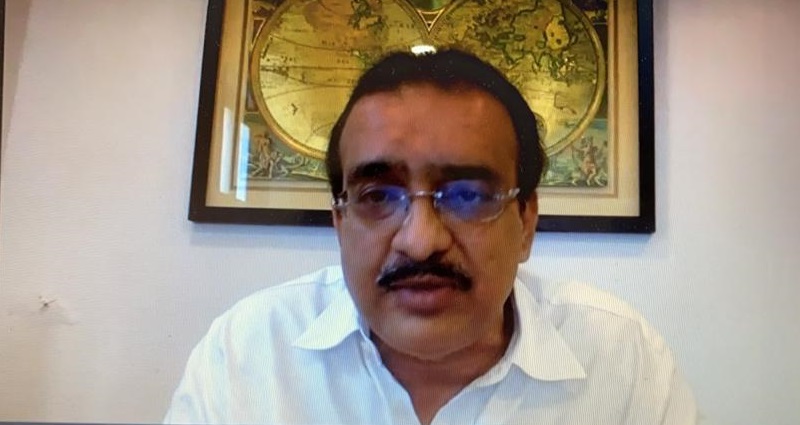
The final day of the first edition of CII SummitFX 2020, saw a panel of industry stalwarts meditate upon ‘The Future of AVGC – Through the Lens of Experience’.
Moderated by Frameboxx founder and director Rajesh R. Turakhia, the panel included Punnaryug Artvision founder and CEO Ashish Kulkarni; Assemblage founder and CEO A K Madhavan aka Mad Max; Indian filmmaker, storyteller, Ad-film director and Climb Media founder and director Kireet Khurana; Graphiti Multimedia director and COO Munjal Shroff; Prime Focus co-founder and DNEG creative Director and general manager Merzin Tavaria; and Green Gold Animation founder and CEO Rajiv Chilaka.

These eminent leaders and trendsetters of the Indian animation and VFX industry have put India on a global map of content creation with prominence over the past two decades. They leveraged their experience and provided fresh perspectives about future growth and opportunity of this industry and encouraging young local talent.
Initiated by Turakhia who himself has been training students for a long time now, Kulkarni who has been in the industry since 1999, said that introduction of educational institutions for AVGC was a turning point for the industry, and with the NEP (new education policy), he’s hopeful that more kids and youths will take up creative design as a career. “Millennials bring great value to the table with diverse ideas and inputs being global citizens. I think they should reach out to veterans and take their guidance because I think that will be beneficial for them as they’ll be aware of the challenges or mistakes we’ve made. Concentrate on research, on storytelling, aesthetics and creative aspects and technology will follow as it’s just an enabler,” Kulkarni advised budding artists.
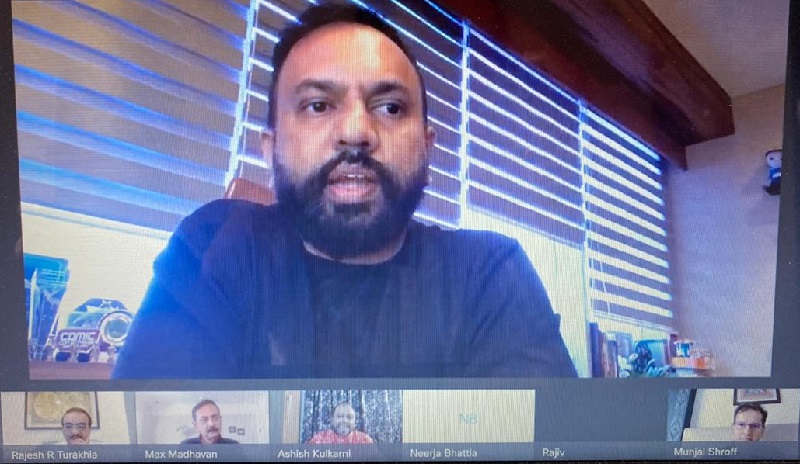
Chilaka reflected that it’s important to look back at times in order to look forward. He sees India in a very good space in terms of IP creation and storytelling, but he draws attention to instilling the culture of art and drawing from a tender age into the mainstream education system, because basics are extremely crucial. “Choosing the right tools, right software, right people to work with are the key to sustain and success. Newcomers need to understand that Maya is not the only powerful software but there are a lot of Open Source software like Blender, Krita and others. And we need to create more universal stories with local flavours,” noted he.
Madhavan exclaimed that he has enjoyed this journey for two decades in industry and considers himself lucky to be in this industry, especially in today’s pandemic situation as animation as an industry is working in full swing unlike the live action space. “I’m also lucky from a perspective that I enjoyed many firsts – the very first television show, the very first animated theatrical feature developing care, the very first Indian animated content to be nominated for International Awards like, first to have a show running on Apple TV. So, the envelope has been pushed, skillsets have evolved, we have shows on Netflix, Amazon Prime Video and may be soon on even Hulu. The genre has only grown and since we don’t have any retirement age, we can keep creating,” he remarked.
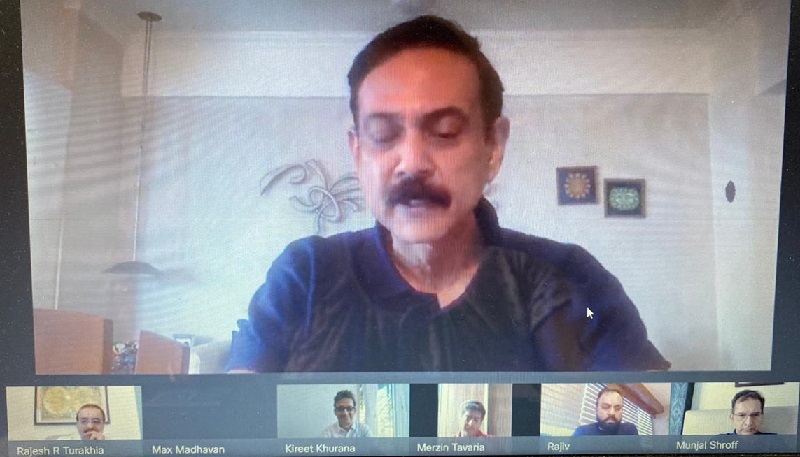
He also lauded the educational institutes which train upcoming talents with commitment, passion and sincerity to push the levels of quality. Turakhia and other panelists agreed with him that today, student output for this industry has been amazing than earlier. They also emphasised that more than ever, animation now should be perceived for all ages as it’s not limited to cartoons for kids.
Khurana seconded this and informed that many OTT players are now eyeing animated content catered to adults. He also reiterated the fact that storytelling is the key and other aspects will eventually fall into place. “It’s a great opportunity for India right now to leverage the power of OTT platforms because those are becoming successful and Rajiv’s Mighty Little Bheem is the perfect example from an Indian storytelling perspective. We have a lot of skills, students nowadays are coming out so advanced, but we need a lot more minerals to actually justify the kind of content streaming on a platform. So again underscoring the importance of storytelling within a well built structure apart from just skills, is going to be the game changer,” he informed.
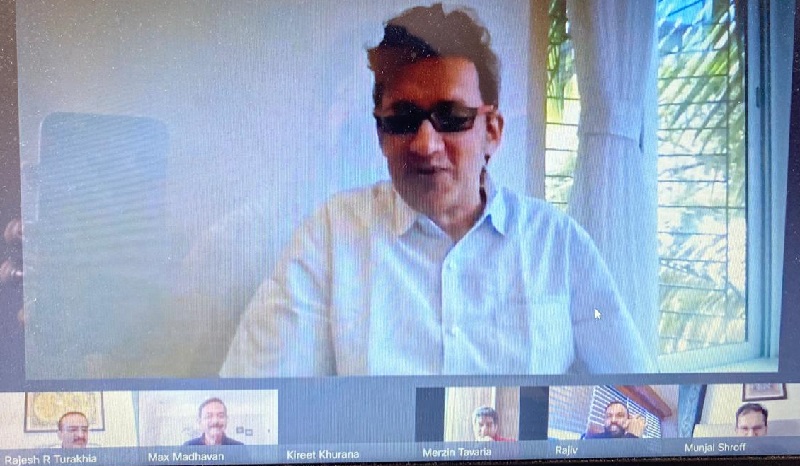
Tavaria through his journey of 25 years in the industry, realised that the best part was, it never worried about how far it was from the goals but were achieving new goals almost everyday. He considers themselves lucky to be at the cusp of drastic change in the industry in terms of post-production, updated technology. “We have been building the VFX for Bollywood, Hollywood, and I am happy to give my team the opportunity to work on Avengers, Tenet and other Hollywood Blockbusters. Visual effects industry is changing so dramatically that not only Bollywood, but regional cinemas are incorporating visual effects as a part of the filmmaking process. The talent pool is one of our key focuses and we’ve been training our own people while learning significantly on the way. So we know the job but we’ve to push to make things happen as in India, we’ve always got one hand tied behind our backs. But passion, will to struggle and sustain. One of the key elements for our future is to build upon today’s exposure and the availability of everything”, commented he.
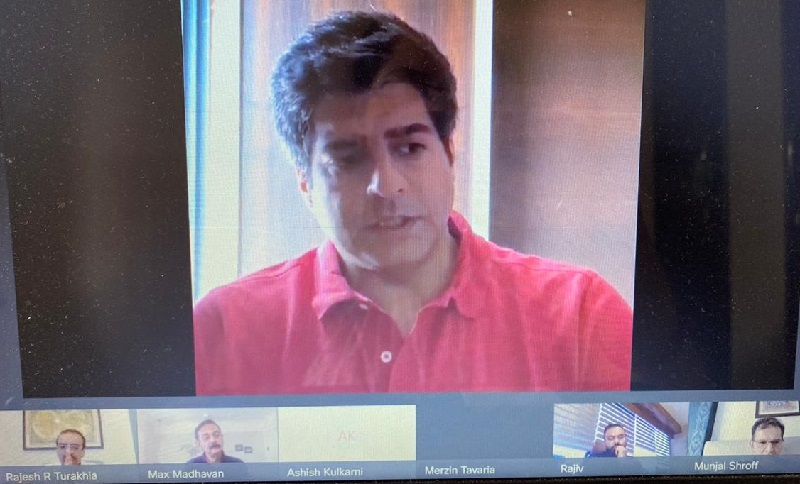
Shroff who was fortunate enough to work under the guidance of Ram Mohan, said that without passion none of the players would have survived in this space. He observed new ways of utilising the medium and emergence of new genres to attract audience attention. However, he advocated for IP sharing between broadcasters and producers to provide more boost to the industry. He also mentioned that having a strong team has contributed hugely to the success of the studio as people have continued for 20 years with the studio.
“It’s a very strong industry with a robust foundation and we can only grow from here. With the OTT coming in, we’ve more and larger distribution avenues coming up and we will see more opportunities by creating great content for the right audience, and evolution in business models. It’s time to collaborate with one another mainly between producers and broadcasters, who also should think seriously about sharing rights, ensuring that both parties are benefitted from this model, as it works very well in world markets. It’ll also increase the revenue potential by opening up the markets for all of us to see how we can collaborate,” he suggested.
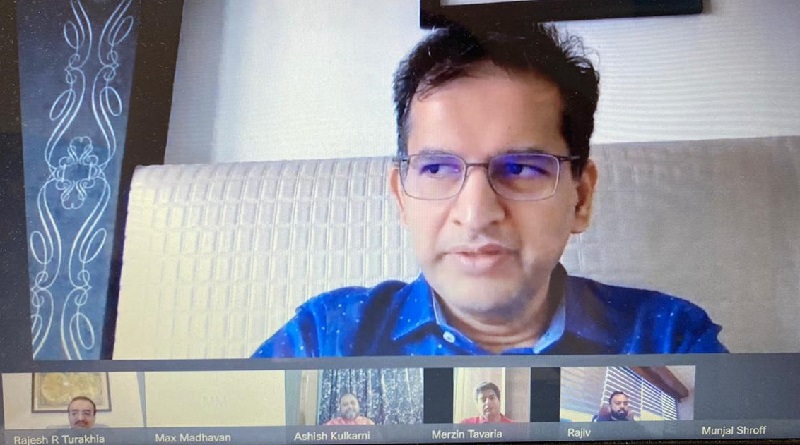
While all of them had a journey to remember, they’ve had their own share of shortcomings and difficulties. The common hurdle was the lack of capital as Madhavan indicated which kind of reflected in investing in writers who he wants to have an ownership of the content created. Kulkarni added that lack of openness and receptiveness from audience/consumers apart from capital has been a big challenge.
Absence of public broadcast channels has restricted a parallel ecosystem to exist. He also shared that Shroff and himself pushed for a DD Kids channel that didn’t see the light of the day. “Invest in the core needs of the project, once you start pitching, make sure you’re aware of your research, TG and have enough money,” an experienced Kulkarni guided.
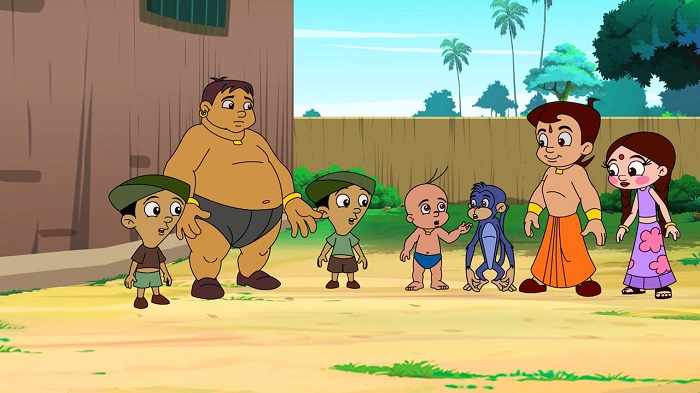
Chilaka opined students to always have a backup plan and option, something he learnt after one of his studios was destroyed in fire three days before the inauguration. He further suggested, “Never focus on too many things, a mistake we made when we started as we were doing everything from 2D animation, 3D animation, VFX, website designing and so on. But we didn’t progress so I took advice and focused on 2D animation and Chhota Bheem was born. We ventured into 3D after three to four years when we were confident with our craft in 2D and created the Netflix original. With COVID-19 we have had our challenges but it opened up a great opportunity to work from home and which can be leveraged to its full potential in terms of content creating.” He also warned budding entrepreneurs to avoid keeping larger pay rolls if they lack on budget.
Tavaria advised to have passion, patience and perseverance to sustain in this industry and be successful. Instant gratification and not having a wholesome knowledge of one’s craft will not go a long way, as it’s very different in creating content on a phone or for small screen and a large screen. Shroff tells students to stay sharp, fresh and utilise the exposure of today as a learning as the golden time for creating something is ‘now’. Madhavan encouraged budding talents to keep learning, working and not expecting anything in return. All hail Gurus!

